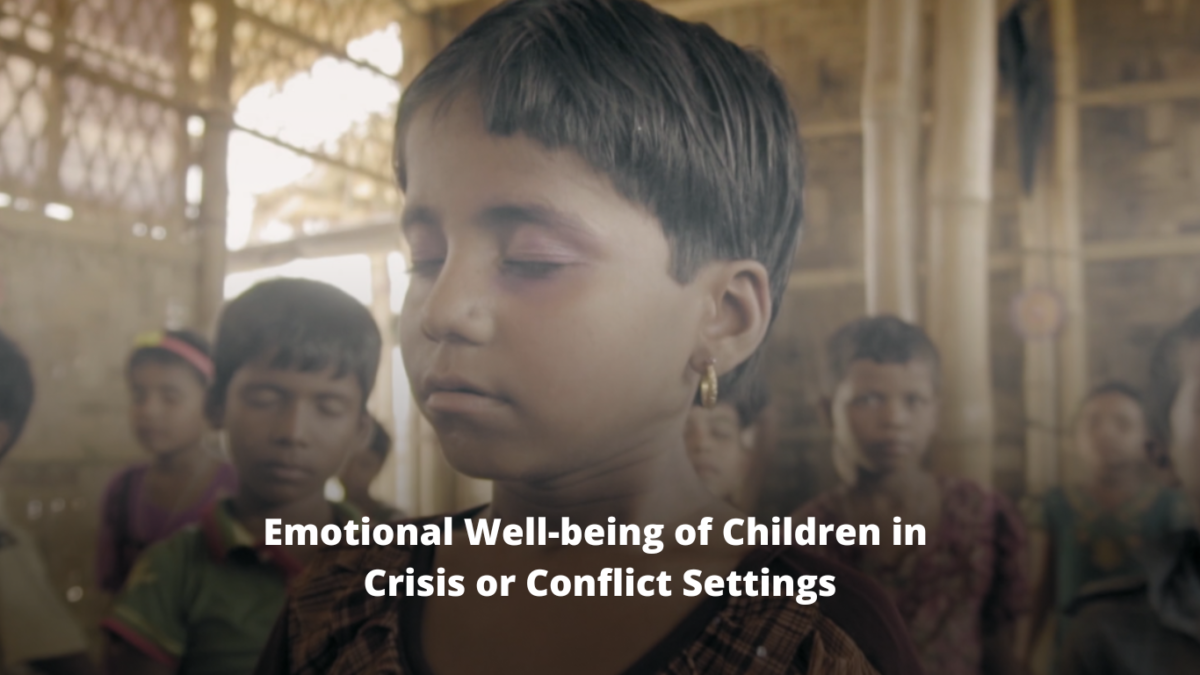Thank you for watching the video!

- Home Page
- About us
- Our Impact
- A Caregiver’s Guide to Safeguarding Children and Supporting Healing From Sexual Abuse
- Una guía para el cuidador para proteger a los niños y apoyar la sanación del abuso sexual.
- Children Flourishing Through Adversity in Myanmar – English
- Children Flourishing Through Adversity- Burmese
- Youth Leaving Institutional Care in Uganda
- Natural Disaster & Community Adversity Response
- COVID-19 Timely Response Series
- Make a Life Changing Difference in a Child’s Life – With Chief Playmaker Steve Gross
- Emotional Well-being Breath-Body-Mind practices for children
- Emotional Well-being of Children in Crisis or Conflict Settings
- Self Care Best Practices for Caregivers in Crisis or Conflict Settings
- Sexual Abuse Prevention and Response in Crisis or Conflict Settings – with Global Health Specialist Meera Seshadri
- Effective Child Protection Strategies – with Child Protection and Psychosocial Support Specialist Wayne Bleier
- Prevent Disease Spread – with Pediatrician Dr. Henna Qureshi
- Meet the Nutritional Needs of Children During Food Insecurity – with Nutrition Specialist Lara Zakaria
- Latest News
- VIEW VIDEO LIBRARY

























